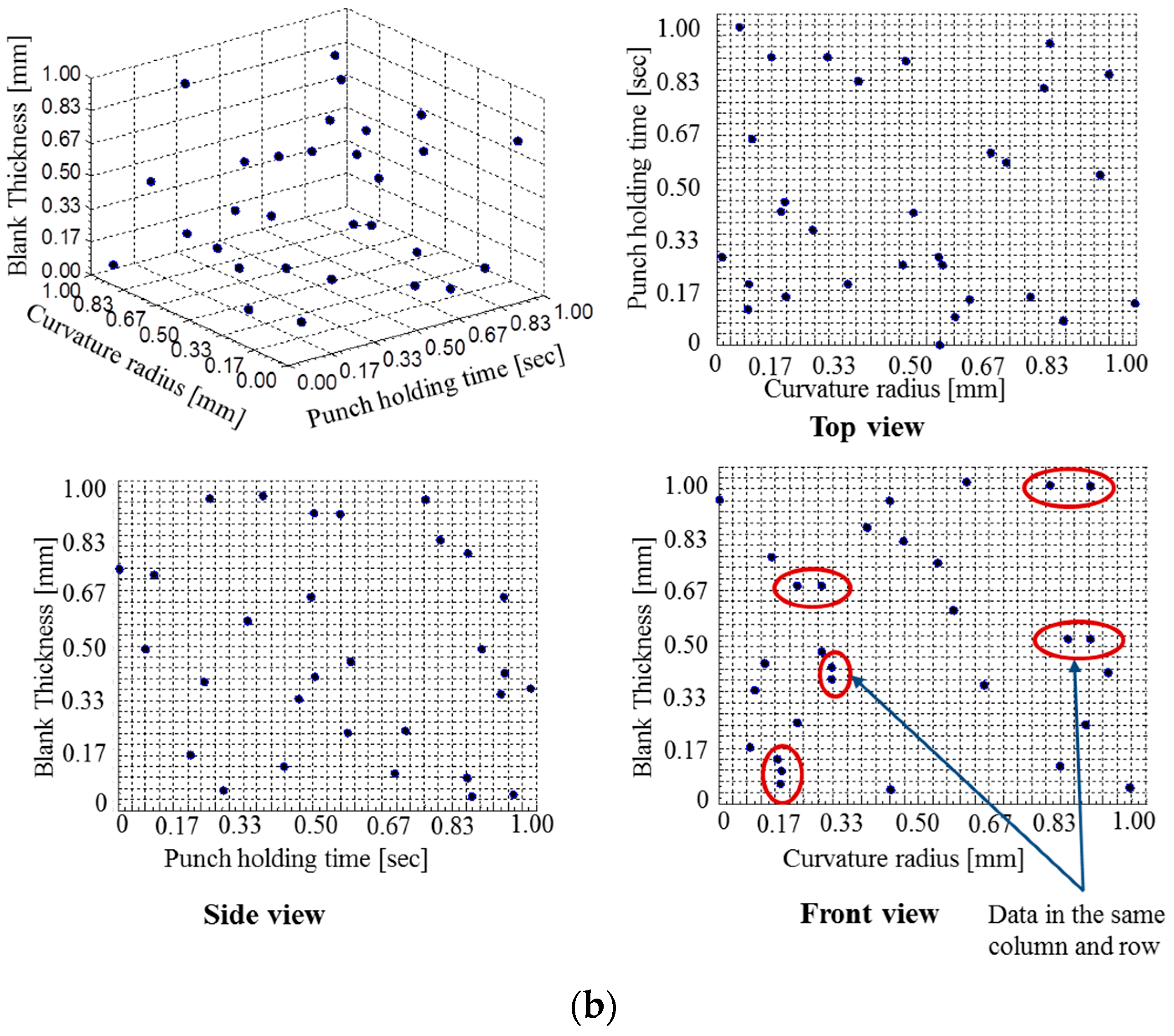
A comprehensive account of the VPP is presented in the literature ( Xia and Liu, 2016 Lin, 2017 Gong, 2018 Li et al., 2021). The concept of the responsive VPP was first introduced in the literature ( Department Of Energy (, 2006)) during the theoretical exploration and proof stage relying on the different ways of achieving the response, two working models of the VPP were proposed: incentive-based power plant models and lump sum–based power plant models, and these were verified through calculation examples. The VPP has been studied in great depth in many literatures. At present, there is no authoritative definition of the VPP, and most people accept the concept that it uses advanced control, communication, and computing technologies in a distributed network where different types of distributed energy sources can be aggregated and further distribute energy so that these DGs can operate as a whole, while also effectively mitigating the instability of distributed energy sources. The VPP can provide an effective means of managing distributed generation (DG) at a time when distributed energy is growing rapidly. The concept of the VPP (virtual power plant) was developed. In this regard, many solutions have been proposed to mitigate phenomena such as air pollution and global warming. The rapid development of technologies that rely on natural energy sources has led to massive consumption of fossil energy. It is confirmed that the VPP optimization configuration under the classic scene set can improve the net income of the VPP. The optimization configuration results are compared and analyzed. The design is based on two scenarios of the classic scene set and general scene. Finally, according to the established model, a calculation example is used to verify.

Latin hypercube sampling combined with K-means clustering is used to generate the classical scene set at the same time, the model is solved using an algorithm that incorporates a genetic mechanism in an improved particle swarm algorithm (PSO). The basic model of the VPP is first analyzed, followed by the proposed operation strategy of the VPP based on the basic model, while considering the impact of the time-of-use electricity price on the economics of the VPP. 2State Grid Henan Electric Power Research Institute, Zhengzhou, Chinaīased on the classical scenario set, the VPP economic dispatch model is proposed taking into account the uncertainty factors of distributed power sources.1School of Electric Power, North China University of Water Resources and Electric Power, Zhengzhou, China.Cao Wensi 1, Wang Shuo 1*, Min Chao 1 and Xu Mingming 2


 0 kommentar(er)
0 kommentar(er)
